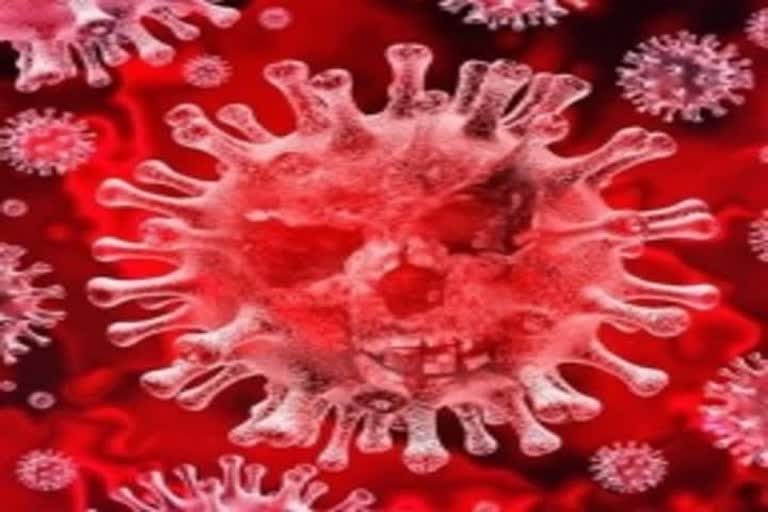Ventilation systems in many modern office buildings, which are designed to keep temperatures comfortable and increase energy efficiency, may increase the risk of exposure to the coronavirus, particularly during the coming winter, according to research published in the Journal of Fluid Mechanics.
A team from the University of Cambridge found that widely-used 'mixing ventilation' systems, which are designed to keep conditions uniform in all parts of the room, disperse airborne contaminants evenly throughout the space. These contaminants may include droplets and aerosols, potentially containing viruses.
The research has highlighted the importance of good ventilation and mask-wearing in keeping the contaminant concentration to a minimum level and hence mitigating the risk of transmission of SARS-CoV-2, the virus that causes COVID-19.
The evidence increasingly indicates that the virus is spread primarily through larger droplets and smaller aerosols, which are expelled when we cough, sneeze, laugh, talk, or breathe. In addition, the data available so far indicate that indoor transmission is far more common than outdoor transmission, which is likely due to increased exposure times and decreased dispersion rates for droplets and aerosols.
"As winter approaches in the northern hemisphere and people start spending more time inside, understanding the role of ventilation is critical to estimating the risk of contracting the virus and helping slow its spread," said Professor Paul Linden from Cambridge's Department of Applied Mathematics and Theoretical Physics (DAMTP), who led the research.
The team showed that airflow in rooms is complex and depends on the placement of vents, windows, and doors, and on convective flows generated by heat emitted by people and equipment in a building. Other variables, such as people moving or talking, doors opening or closing, or changes in outdoor conditions for naturally ventilated buildings, affect these flows and consequently influence the risk of exposure to the virus.
Ventilation, whether driven by wind or heat generated within the building or by mechanical systems, works in one of two main modes. Mixing ventilation is the most common, where vents are placed to keep the air in a space well mixed so that temperature and contaminant concentrations are kept uniform throughout the space.
The second mode, displacement ventilation, has vents placed at the bottom and the top of a room, creating a cooler lower zone and a warmer upper zone, and warm air is extracted through the top part of the room. As our exhaled breath is also warm, most of it accumulates in the upper zone.
The researchers found that laughing, in particular, creates a large disturbance, suggesting that if an infected person without a mask was laughing indoors, it would greatly increase the risk of transmission.



